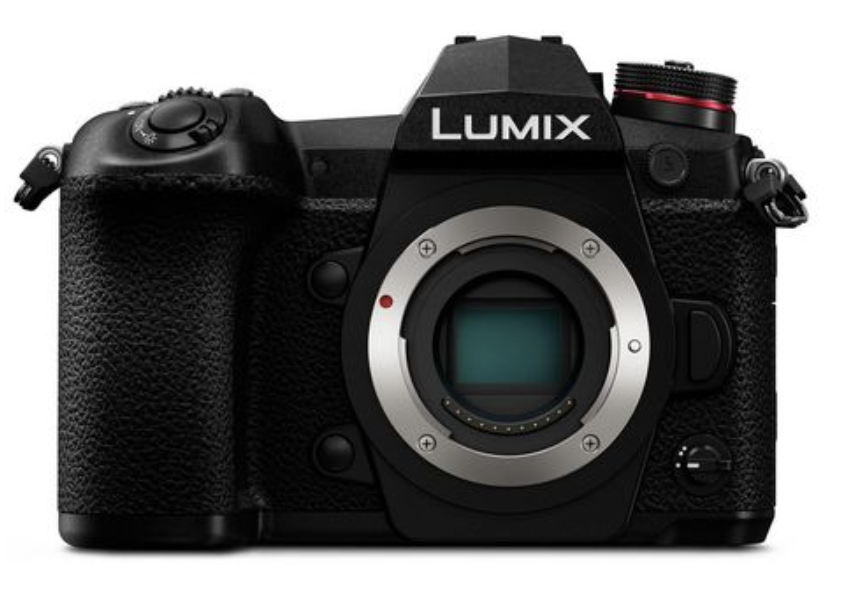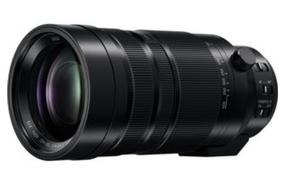|
Intro by Skip Cohen It's Monday and "Mirrorless Mark" is back with a great little share about post-processing. Everyone has a different thought on the degree of post-processing images need beyond composition and slight exposure adjustments. From my perspective, there are three basic types of images that go through post-processing. First, it's a good photograph, but the conditions weren't perfect, and the artist wants to share a more realistic image of what was captured. Second, comes the artist who wants to create art and shares an image that's very different from what we expect. Third, is reserved for the "filter junkies" who often have a terrible image but think if they hit it harder with multiple filters it's going to become something worthy of their skill set - sometimes it works, sometimes it doesn't. The image Mark is sharing today is right in that first category. It was captured with a LUMIX G9 and the Leica 100-400mm lens. He's taken a gray, foggy day and in post-processing is sharing an image more in line with his "vision" and what he saw. We've been working a lot with Skylum's Luminar 2018, and we're having some fun with a donation back to NILMDTS for each sale through the SCU link until the end of this month. However, I have to admit, it's hard not to fall into both the second and third categories. I love taking an ordinary image and turning it into something that pushes the edge of the envelope regarding my creativity. However, post-processing, especially image manipulation, is hardly my area of expertise and I'll often realize I've pushed my "vision" too far. But, here's a fun perspective on our industry: Long before the words "digital" and "imaging" were put together, Dean Collins used to say, "Beauty is in the eyes of the checkbook holder!" So, it didn't matter what anybody thought of his images, as long as the client was happy! Mark shares plenty of great images along with solid ideas on his blogs. Just click on his photo above to link to his website. You'll never be disappointed in the content he shares. And check out the LUMIX Ambassador team. This is one of the most diverse groups in photography, and they're always sharing great content to help you raise the bar on your skillset. by Mark Toal
Once in a while I still get asked if one of my images has been post processed? The answer is always “YES”. I spent twenty years of my life working in photo labs post processing film and digital files. Almost every negative and file was post processed either by a human operator or machine. I set my camera to shoot RAW and JPG files. I use the JPG file when I want to quickly transfer a file from my camera to my iPhone, process it in Snapseed and upload to Facebook or Instagram. The RAW file is the one that I work with in Lightroom or Photoshop on my iMac. The RAW files tend to have less contrast and saturation than the JPG file allowing me to create the image I want. I see photography as a way to interpret what I’m seeing in the world. A good example is this photo of a colorful duck. I shot it on a gray, foggy day here in Portland, but I could imagine what the colors would look like on a brighter day, so I processed it to fit my vision.
1 Comment
11/29/2018 09:04:58 am
This really is a strikingly beautiful image, so sensitively handled. The enhanced colours, softly focussed, in the background echoing the colours and tones in the duck itself.
Reply
Your comment will be posted after it is approved.
Leave a Reply. |
Our Partners"Why?"Check out "Why?" one of the most popular features on the SCU Blog. It's a very simple concept - one image, one artist and one short sound bite. Each artist shares what makes the image one of their most favorite. We're over 100 artists featured since the project started. Click on the link above and you can scroll through all of the episodes to date.
Categories
All
|
© 2019 Skip Cohen University




 RSS Feed
RSS Feed












